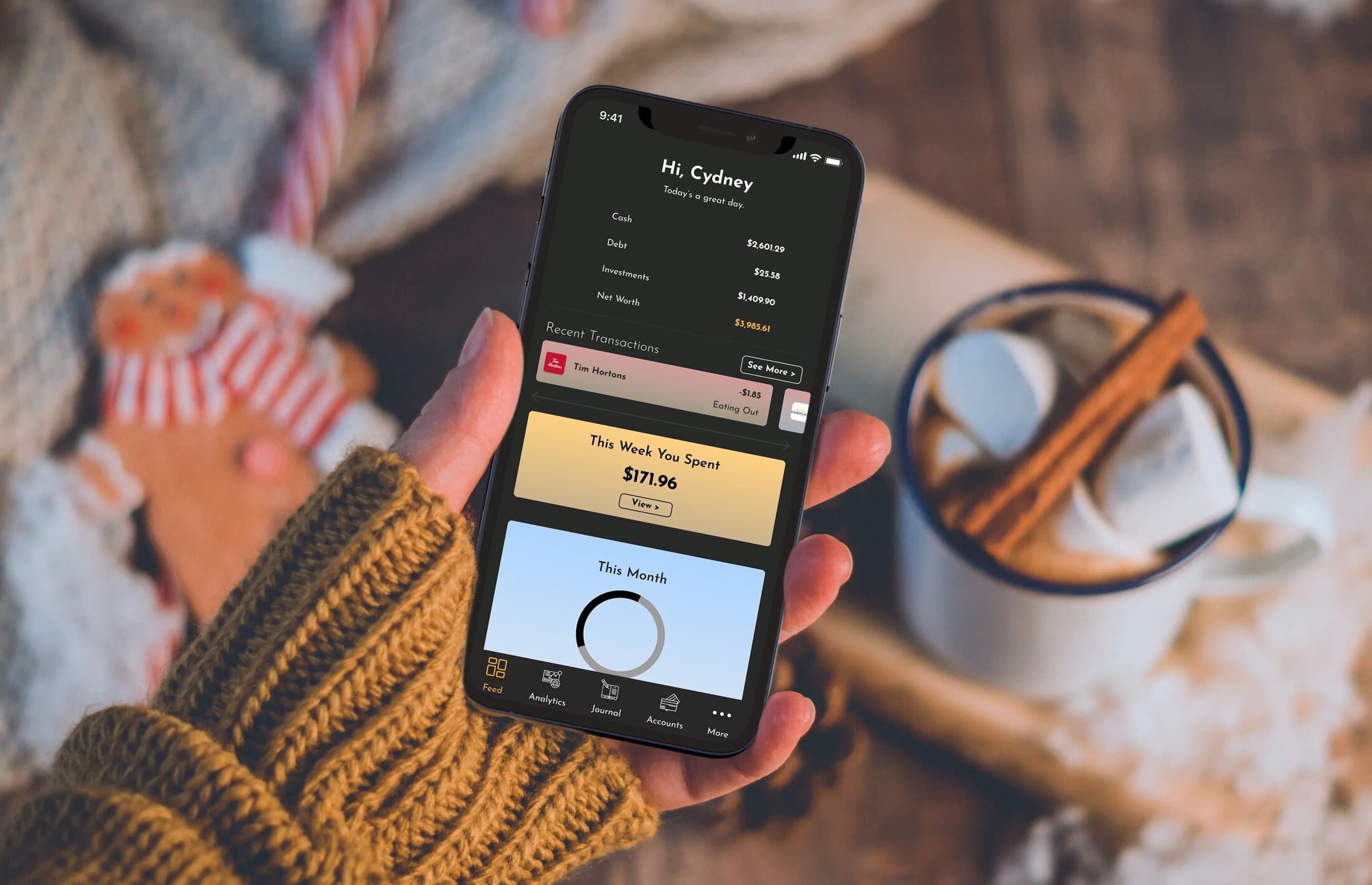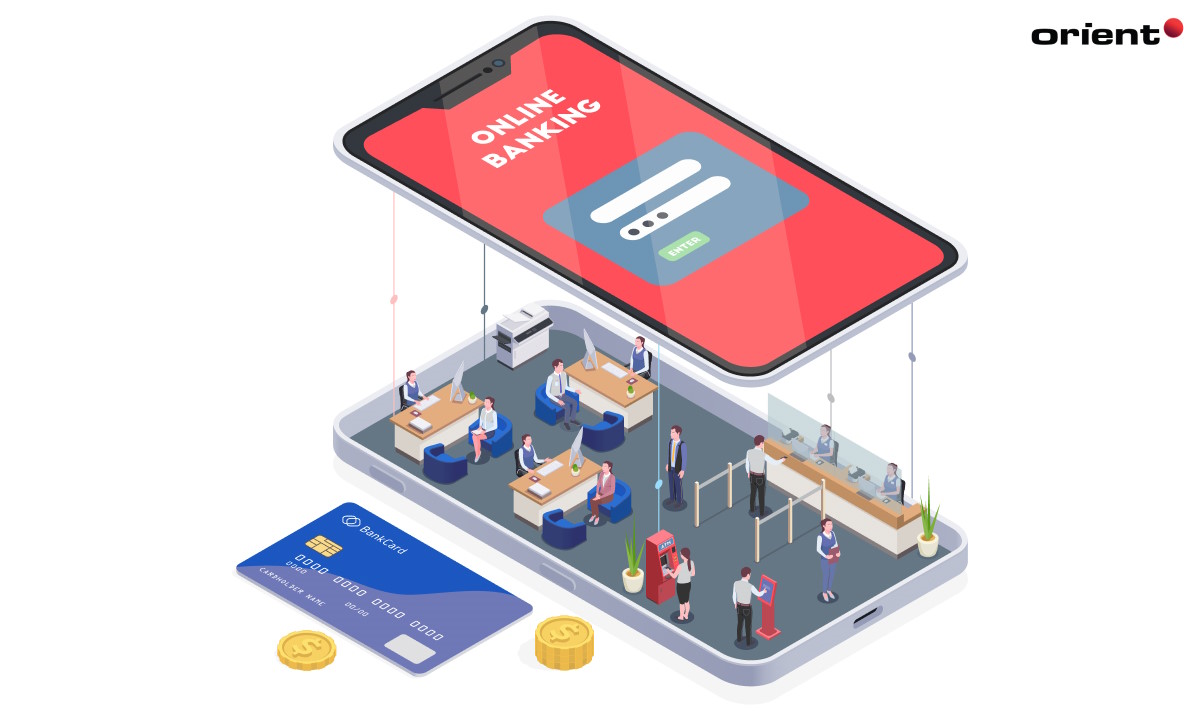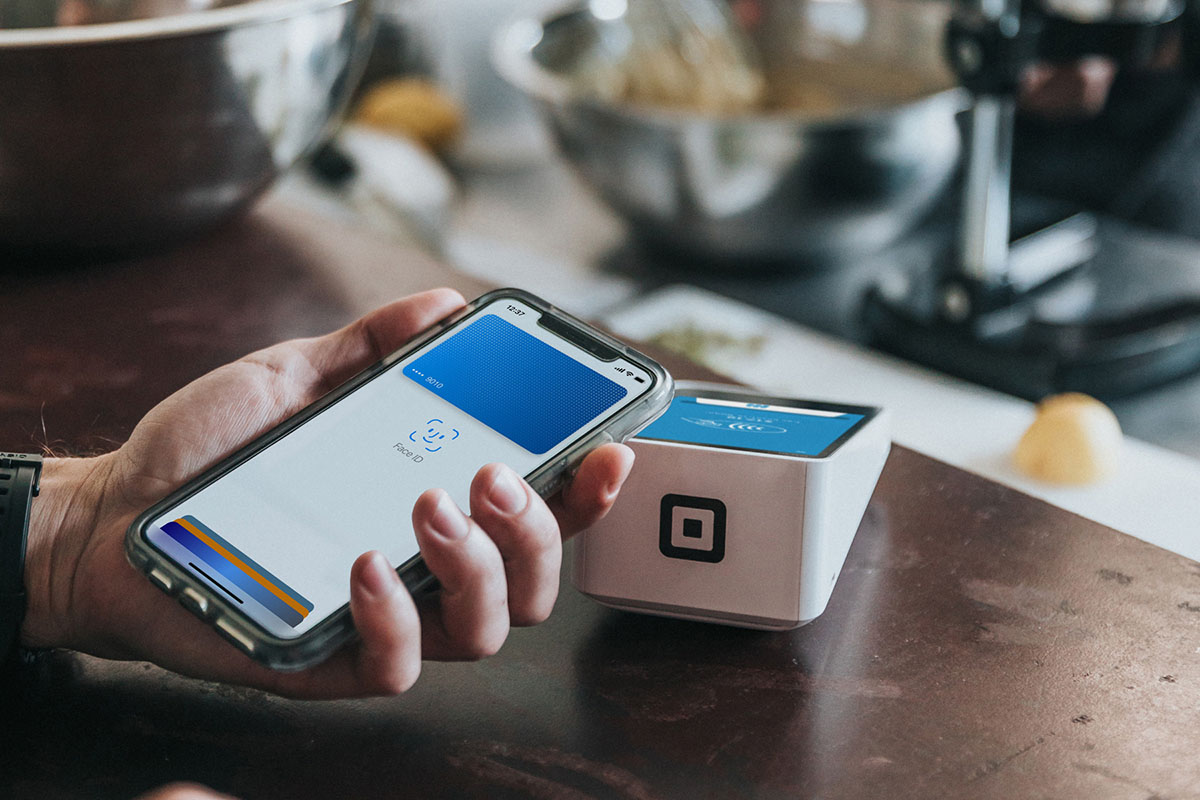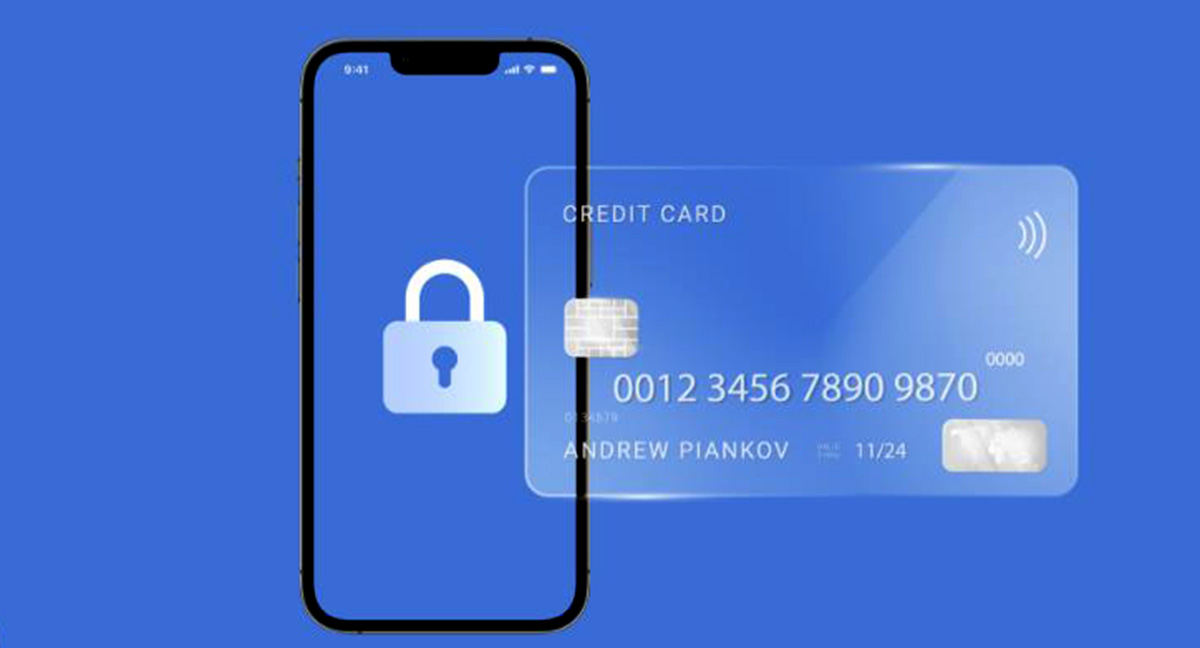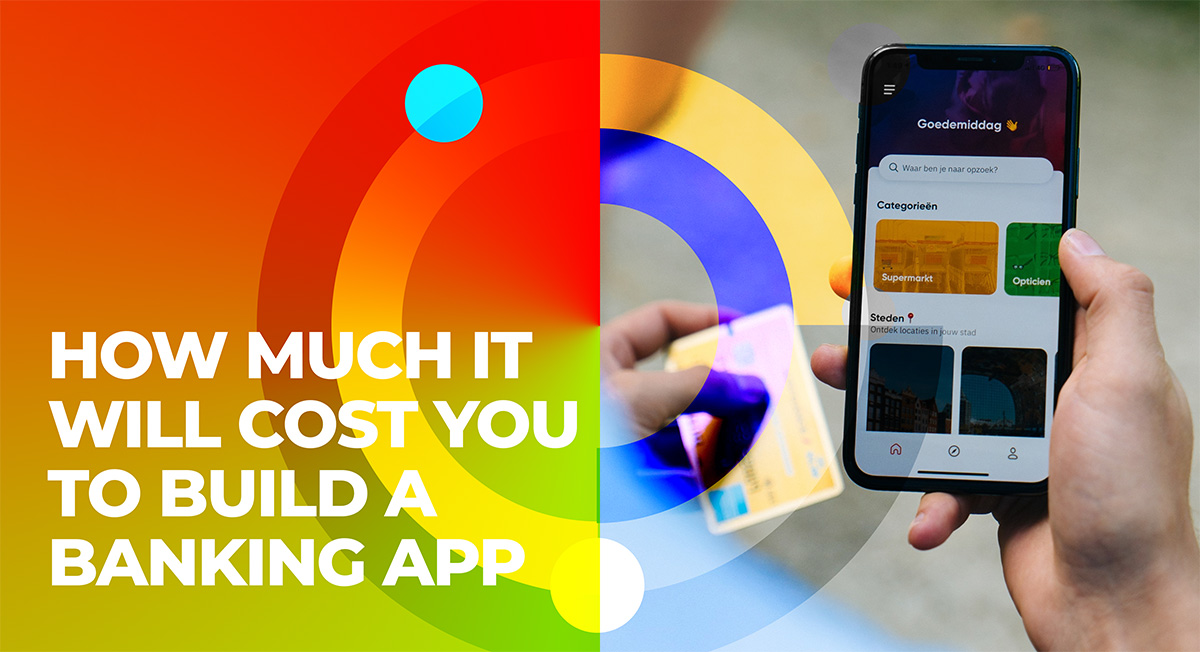

Finance
How Much It Cost To Build A Mobile Banking App
Modified: February 21, 2024
How much does it cost to build a mobile banking app? Discover the financial investment required for creating a robust and secure finance app.
(Many of the links in this article redirect to a specific reviewed product. Your purchase of these products through affiliate links helps to generate commission for LiveWell, at no extra cost. Learn more)
Table of Contents
Introduction
Mobile banking apps have become an essential part of our daily lives, enabling us to conveniently manage our finances on the go. With the increasing demand for mobile banking, many financial institutions and startups are looking to develop their own feature-rich and user-friendly apps to stay competitive in the market.
However, building a mobile banking app is not a simple task. It requires a comprehensive understanding of the finance industry, meticulous planning, and a significant investment of time and resources. One of the key factors that needs to be considered before embarking on this venture is the cost involved in developing such an app.
The cost of building a mobile banking app depends on various factors, including the scope and complexity of the app, the design and user interface, the features and functionality, the platform (iOS, Android, or both), and the development approach (custom development or using a pre-built solution).
In this article, we will dive into the different factors that can affect the cost of building a mobile banking app. By understanding these factors, financial institutions and startups can make informed decisions and effectively manage their resources throughout the development process.
It is important to note that the cost estimates provided in this article are approximate figures and can vary depending on different factors such as the development team’s rates, project timeline, and specific requirements of the app.
Factors Affecting the Cost of Building a Mobile Banking App
When it comes to estimating the cost of building a mobile banking app, it is important to consider the various factors that can impact the overall development expenses. Here are some key factors that can affect the cost:
- Scope and Complexity: The scope and complexity of the app play a significant role in determining the cost. Apps with basic features like account balance checking and fund transfers will have a lower development cost compared to apps with advanced features like investment management and budgeting tools.
- Design and User Interface: A visually appealing and user-friendly design is essential for a mobile banking app. The cost can vary depending on the level of customization required, the number of screens, and the complexity of the user interface.
- Features and Functionality: The more features and functionality you want to include in your app, the higher the development cost. Features like bill payment, card management, transaction history, and data analytics will add to the overall expenses.
- Platform: Building a mobile banking app for a single platform (iOS or Android) will have a lower cost compared to developing for both platforms. The cost is influenced by factors like platform-specific development tools, testing, and maintenance.
- Development Approach: Choosing between custom development and using a pre-built solution can impact the cost. Custom development offers more flexibility and customization options but generally comes at a higher price tag. Using a pre-built solution can reduce development time and cost, but it may limit the customization options.
These factors are interconnected, and decisions made in one area can have an impact on other aspects of the app development process. It is crucial to carefully analyze the requirements and prioritize the features that align with your target audience’s needs and your business goals.
Design and User Interface Costs
The design and user interface of a mobile banking app are crucial for attracting users and providing an intuitive and seamless experience. The cost associated with designing the app can vary depending on several factors:
- UI/UX Design: Creating an appealing and user-friendly design requires the expertise of UI/UX designers who understand the best practices in mobile app design. The complexity of the design, the number of screens, and the level of customization required will impact the cost.
- Branding and Visual Identity: Incorporating your brand’s visual identity into the app design adds to the development cost. This includes designing a logo, choosing color schemes, using brand-specific fonts, and ensuring consistency with your overall brand image.
- Responsive Design: With the increasing variety of mobile devices and screen sizes, having a responsive design is essential to provide a consistent experience across all platforms. The cost may increase if additional effort is required to optimize the app for different screen sizes and resolutions.
- Graphic and Multimedia Assets: Including custom graphics, icons, animations, and multimedia elements can enhance the visual appeal of the app. The cost will depend on the complexity and quantity of these elements.
- Usability Testing: Conducting usability tests to evaluate the effectiveness of the app’s design and user interface is crucial. This involves gathering feedback from real users and making necessary design revisions. The cost of usability testing should be considered as part of the design process to ensure a seamless user experience.
It is important to allocate a sufficient budget for the design and user interface of your mobile banking app to create a visually appealing and user-friendly experience. Partnering with experienced designers or design agencies can help ensure that you achieve a high-quality design that resonates with your target audience.
Development and Programming Costs
The development and programming phase of building a mobile banking app involves translating the design into working code and implementing the desired features and functionality. This phase is a significant factor in determining the overall cost of the app development process. The following aspects contribute to the development and programming costs:
- Front-End Development: The front-end development involves writing the code that determines how the app looks and interacts with users. It includes creating UI components, implementing navigation, and ensuring a seamless user experience. The complexity of the design and the number of screens will impact the development cost.
- Back-End Development: The back-end development focuses on the server-side functionalities of the app. It involves creating APIs, integrating with external systems, managing databases, and ensuring data security. The complexity and scope of the app’s functionality will influence the development cost.
- Integration of Third-Party Services: Many mobile banking apps integrate with various third-party services, such as payment gateways, identity verification services, and data analytics tools. The cost will depend on the complexity of the integration and any associated licensing fees.
- Security Measures: Building a secure mobile banking app is of utmost importance to protect user data and financial transactions. Implementing security features like encryption, two-factor authentication, and secure connections adds to the development cost.
- Platform-Specific Development: Developing the app for different platforms, such as iOS and Android, involves additional development effort. Each platform has its own requirements and development environment, which influences the cost.
It is crucial to allocate a sufficient budget for development and programming to ensure a robust and high-performing mobile banking app. Collaborating with skilled developers and selecting the appropriate development approach can help streamline the process and minimize costs.
Database and Backend Infrastructure Costs
The database and backend infrastructure are critical components of a mobile banking app, as they handle the storage and retrieval of user data, as well as the execution of server-side processes. The cost of developing and maintaining the database and backend infrastructure depends on several factors:
- Database Management System (DBMS): Choosing the right DBMS is crucial for the efficient and secure storage of user data. The cost of licensing or using a specific DBMS, such as MySQL, Oracle, or MongoDB, can vary depending on your needs and scalability requirements.
- Data Storage and Capacity: The amount of data to be stored and the anticipated user base can impact the cost. Provisioning the appropriate storage infrastructure, such as cloud-based solutions like Amazon Web Services (AWS) or Microsoft Azure, incurs ongoing operational expenses.
- Server and Infrastructure Setup: Setting up the servers and infrastructure to host the mobile banking app requires careful planning and consideration. The cost can include server hardware, hosting fees, and network infrastructure setup.
- API Development: Mobile banking apps often rely on APIs (Application Programming Interfaces) to interact with external systems, such as payment gateways and financial data providers. The development of these APIs and the associated costs need to be considered.
- Data Protection and Security: Building a secure database and backend infrastructure involves implementing measures like data encryption, regular backups, and disaster recovery mechanisms. The cost may include purchasing security software, hiring security experts, and ongoing monitoring and maintenance.
Properly estimating and allocating budget for the database and backend infrastructure of a mobile banking app is crucial for ensuring data integrity, privacy, and scalability. Collaborating with experienced database administrators and infrastructure specialists can help set up a robust system that meets your app’s requirements while minimizing costs.
Security and Compliance Costs
Security and compliance are of utmost importance when it comes to building a mobile banking app. Users entrust their sensitive financial information to these apps, which makes it critical to invest in robust security measures and comply with industry regulations. The costs associated with security and compliance can include:
- Security Audits and Penetration Testing: Conducting thorough security audits and penetration testing helps identify vulnerabilities and ensure that the app is secure against potential threats. The cost includes hiring security experts, engaging ethical hackers, and implementing necessary security fixes.
- Encryption and Data Protection: Implementing strong encryption protocols to protect user data is essential. The cost may involve using encryption algorithms, obtaining SSL (Secure Sockets Layer) certificates, and managing encryption keys.
- Compliance with Regulations: Financial institutions must comply with various regulations and standards, such as the Payment Card Industry Data Security Standard (PCI DSS) and the General Data Protection Regulation (GDPR). The costs can include legal consultations, implementing compliance frameworks, and conducting regular audits to maintain compliance.
- User Authentication and Access Control: Implementing secure user authentication mechanisms, such as two-factor authentication (2FA), helps protect user accounts from unauthorized access. The cost may include integrating authentication services and enhancing access control measures.
- System Monitoring and Incident Response: Investing in monitoring tools and incident response processes helps detect and respond to security incidents promptly. The cost includes setting up monitoring systems, hiring security personnel, and establishing incident response protocols.
Ensuring the security and compliance of a mobile banking app requires both financial investment and ongoing monitoring. Collaborating with security experts and consultants can help navigate the complex landscape of security and compliance, while mitigating risks and potential liabilities.
Integration Costs
Integration with other systems and services is often a crucial aspect of mobile banking apps. The ability to seamlessly connect with external platforms enables users to perform a wide range of functions and enhances the overall functionality of the app. However, integration comes with its own set of costs and considerations:
- Payment Gateways: Integrating with payment gateways allows users to make transactions and securely process payments. The cost may include setup fees, transaction fees, and ongoing maintenance charges imposed by the payment gateway provider.
- Financial Data Providers: Many mobile banking apps integrate with third-party financial data providers to provide real-time account information, stock market updates, and other financial data. The cost can vary depending on the specific data provider, the frequency of data updates, and any associated licensing fees.
- Identity Verification Services: To ensure the security and accuracy of user information, integrating with identity verification services is important. The cost may involve subscription fees or per-transaction charges imposed by the service provider.
- Account Aggregation Services: Some mobile banking apps offer account aggregation, allowing users to view their accounts from different banks within a single app. Integrating with account aggregation services can incur integration and licensing costs.
- API Licensing: Depending on the specific APIs used for integration, there may be licensing fees involved. This can be seen with popular APIs like Google Maps for location-based services or SMS gateways for one-time password (OTP) verification.
It is important to carefully evaluate the integration requirements of your mobile banking app and consider the associated costs. Working closely with the relevant service providers and understanding their pricing structure can help estimate and plan for integration expenses.
Testing and Quality Assurance Costs
Testing and quality assurance are crucial stages in the development of a mobile banking app to ensure that it meets the highest standards of functionality, security, and user experience. The following factors contribute to the testing and quality assurance costs:
- Functional Testing: This involves rigorous testing of the app’s features and functionality to ensure they work as intended. The cost includes test planning, test case development, and execution, as well as bug fixing and retesting.
- Usability Testing: Usability testing focuses on evaluating the app’s ease of use and user satisfaction. The cost includes conducting user research, recruiting participants, and analyzing feedback to make necessary improvements.
- Performance Testing: Performance testing involves assessing the app’s responsiveness, scalability, and stability under different conditions. The cost covers load testing, stress testing, and performance tuning to address any performance-related issues.
- Security Testing: Security testing ensures that the app is protected against potential vulnerabilities and threats. The cost includes conducting security scans, penetration testing, and code review to identify and address any security weaknesses.
- Compatibility Testing: With the vast array of devices and operating systems in the market, compatibility testing is essential to ensure that the app functions properly across a range of platforms. The cost may involve testing on various devices and operating system combinations.
Investing in thorough testing and quality assurance helps identify and resolve issues before the app is released to the users, ensuring a seamless and reliable experience. While it adds to the overall development cost, it is a critical investment in maintaining the app’s quality and reputation.
Maintenance and Updates Costs
Building a mobile banking app is not a one-time project; it requires ongoing maintenance and updates to ensure its optimal performance and to keep up with evolving technologies and user expectations. The following considerations contribute to the maintenance and updates costs:
- Bug Fixes and Troubleshooting: Even after thorough testing, bugs and issues may arise once the app is live. Allocating resources to address user-reported bugs and troubleshooting technical issues is essential for maintaining a smooth user experience.
- Operating System and Device Updates: Mobile operating systems and devices are constantly evolving, releasing new versions and updates. It is important to keep the app compatible with these changes and ensure it performs well across different platforms.
- Security Patches and Upgrades: As new security threats emerge, it is necessary to stay updated with the latest security patches and implement necessary upgrades to maintain the app’s security and protect user data.
- Regulatory Compliance Updates: Compliance regulations in the finance industry can change over time. Ensuring that the app remains compliant with current regulations may necessitate updates and adjustments to its functionalities.
- Feature Enhancements and Upgrades: To stay competitive and meet evolving user expectations, adding new features and enhancing existing ones is often necessary. These updates may require additional development and design resources.
App maintenance and updates are ongoing processes that require dedicated resources and a proactive approach. Allocating a portion of the budget for post-development operations and keeping a team or engaging a development agency for ongoing support is crucial to ensure the longevity and success of the mobile banking app.
Conclusion
Building a mobile banking app involves various factors that impact the overall cost. From design and development to security and maintenance, careful planning and consideration of these factors are crucial for a successful and cost-effective app development process.
The cost of building a mobile banking app can vary depending on factors such as the scope and complexity of the app, design and user interface requirements, integration with external services, security measures, and ongoing maintenance and updates. While there are no fixed figures, it is important to allocate a realistic budget and work with experienced professionals to ensure a high-quality app that meets your users’ needs.
It’s worth noting that a well-designed and feature-rich mobile banking app can have numerous advantages, including increased customer engagement, improved user experience, and enhanced brand reputation. Therefore, investing in the development of a robust and user-friendly mobile banking app can lead to significant long-term benefits for financial institutions and startups.
By understanding the factors that impact the cost of building a mobile banking app and making informed decisions throughout the development process, you can optimize your resources and deliver a mobile app that sets your business apart in the competitive finance industry.

